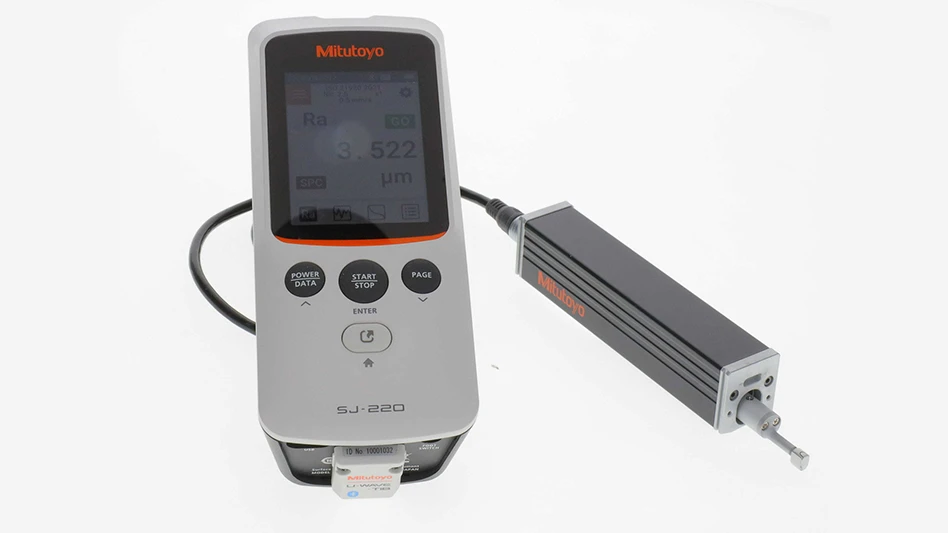
PHOTO COURTESY OF TSUGAMI/REM SALES

Many traditional medical device materials form malleable chips during machining that can clog cutting-tool flutes, increase heat, and reduce tool life – all things that increase costs and/or reduce product quality.
Engineers at Tsugami/Rem Sales say a new machining technique eliminates the problem by interrupting the cut. Typically, machinists avoid interrupted cuts because they can lead to chipped cutting edges, thermal cracking, or tool breakage. Tsugami/Rem Sales Director of Business Development Dan Walker says Oscillation Cutting interrupts the cut carefully, in a controlled manner that improves tool life rather than degrading it.
“This technological breakthrough eliminates long stringy chips in malleable materials such as copper, plastics, titanium, and surgical stainless,” Walker says. “The interruption in the cut breaks material into small, manageable chips.”
The method oscillates a specified axis, synchronizing the rotation to the main spindle. Perfect synchronization between the oscillation and spindle rotation breaks up the stringy chips without affecting part roundness.
“The oscillation depth and number of oscillations per revolution can be programmed on the fly by the operator or programmer to allow for maximum control based on materials, speeds, and feeds,” Walker says. “This is particularly great for things such as bone taps, where you could get a long, stringy chip on a piece of stock and this allows a nice manageable chip to be broken up so there’s very little if no operator intervention.”
Oscillation Cutting can be used for turning, drilling, boring, grooving, or cutoff operations. In addition, Walker adds, a low-frequency vibration in the Z- or X-axis also breaks up chips and eliminates some need for high-pressure coolant.
Laser Swiss machining
While Oscillation Cutting targets chip reduction, Tsugami/Rem Sales engineers continue to develop Swiss-type machines with integrated lasers for the medical market. Since its 2012 introduction, the Tsugami LaserSwiss line has grown popular with medical device and orthopedic companies.
“Speed, accuracy, and the ability to machine smaller and more intricate features on medical devices allow designers to transition prototypes into functional products,” Walker explains. “The most important factor is the way it provides new product development engineers the possibility to combine many operations into one which yields high quality at the lowest total cost.”
Incorporating lasers with Swiss machining allows manufacturers to combine operations on a single machine or eliminate some process steps. Parts traditionally cut by wire electrical discharge machining (EDM), followed by mill or lathe machining, can be machined in a single setup on a LaserSwiss machine, he adds.
“Combining the precision of a laser beam with a Swiss machine provides an extremely efficient means to produce complex parts in one setup,” Walker says.
Tsugami/Rem Sales
https://www.remsales.com
Get curated news on YOUR industry.
Enter your email to receive our newsletters.
Explore the November 2019 Issue
Check out more from this issue and find your next story to read.
Latest from Today's Medical Developments
- Aerospace Industry Outlook - Spring 2025, presented by Richard Aboulafia
- World’s smallest pacemaker is activated by light
- FANUC America’s ready-to-deploy cobot web tool
- #42 Lunch + Learn Podcast - Quell Corp
- Siemens accelerates path toward AI-driven industries through innovation and partnerships
- REGO-FIX’s ForceMaster and powRgrip product lines
- Roundup of some news hires around the manufacturing industry
- Mazak’s INTEGREX j-Series NEO Machines





